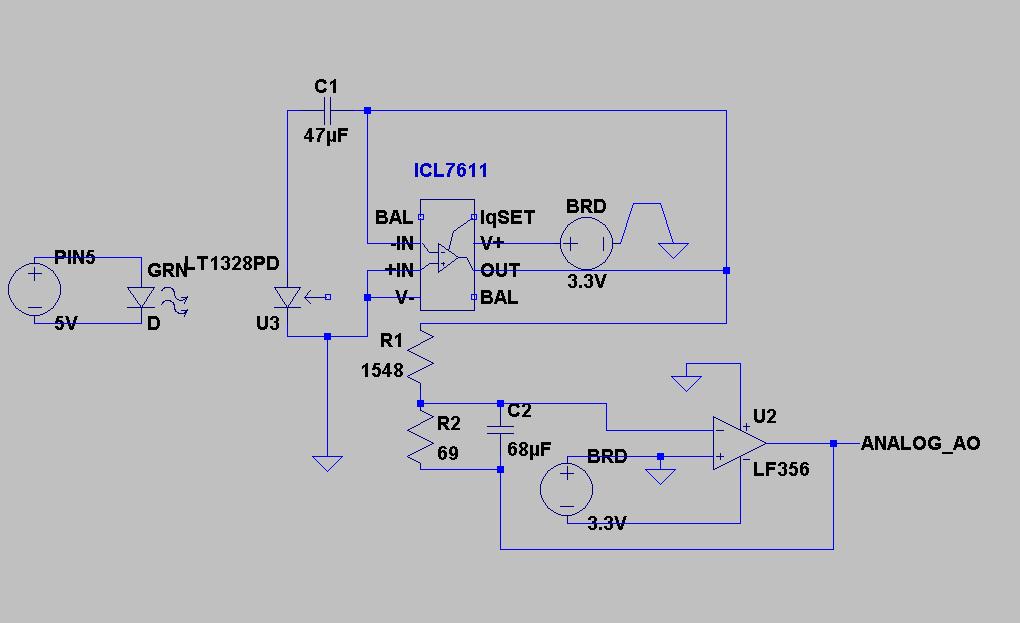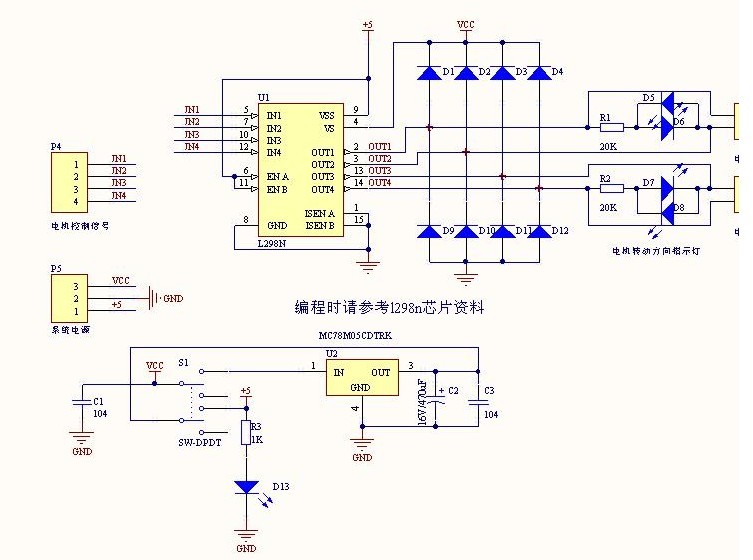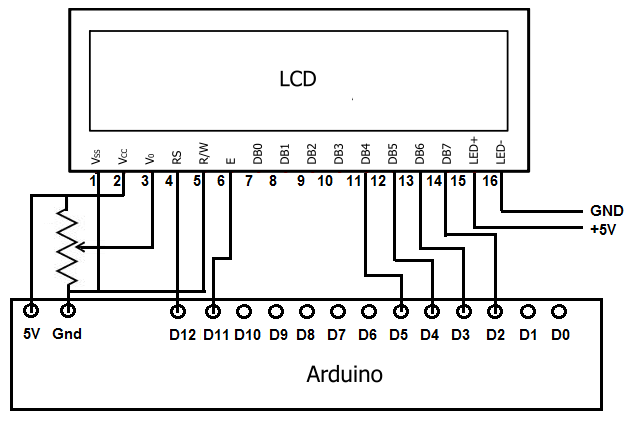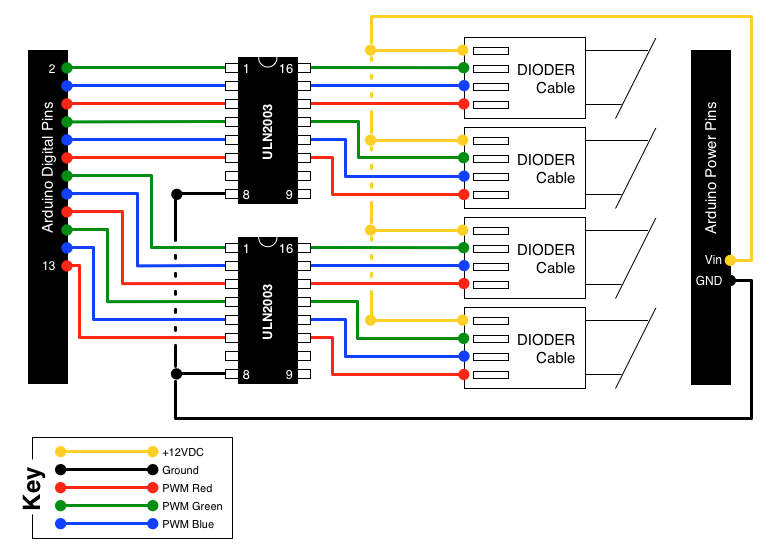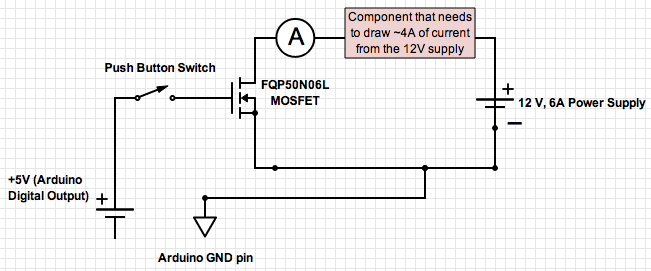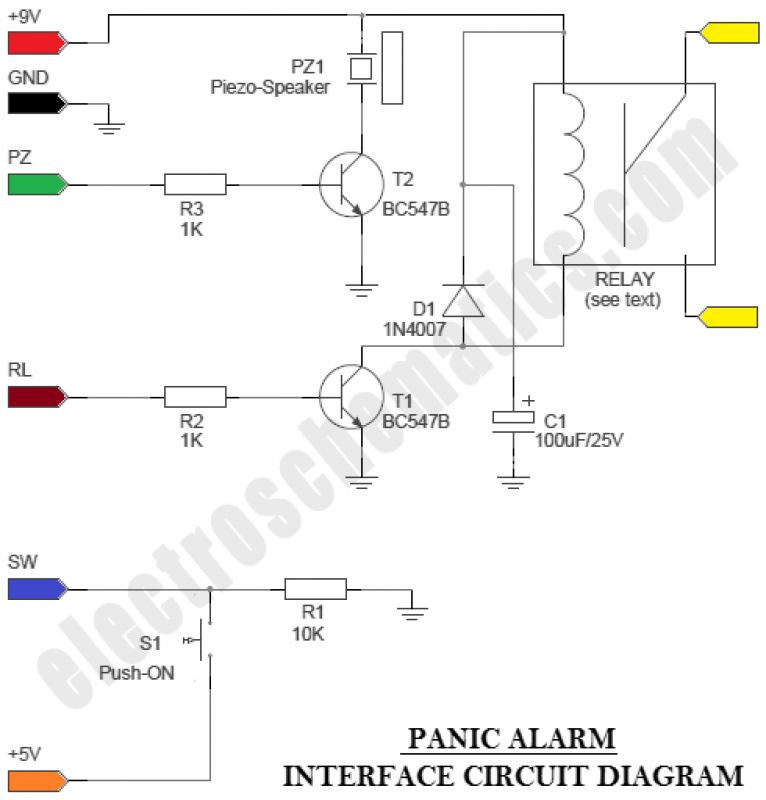
Arduino GSM Shield
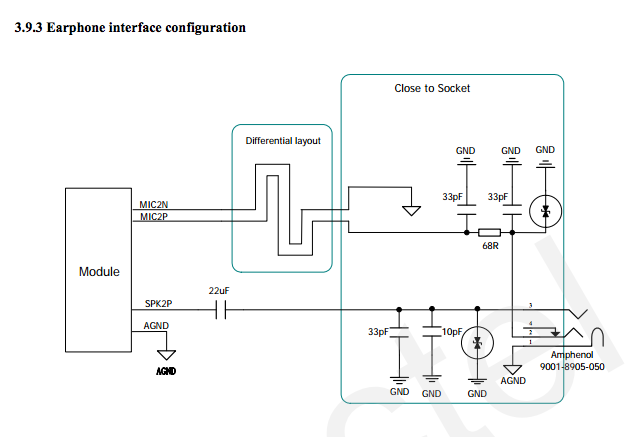
The Arduino GSM Shield connects an Arduino board to the internet using the GPRS wireless network. To use this module, it must be plugged onto the Arduino board, and a SIM card from a GPRS coverage provider should be inserted. After following a few simple instructions, users can control various applications over the internet. The shield also enables making and receiving voice calls (requiring an external speaker and microphone circuit) and sending and receiving SMS messages. The entire Arduino platform, including hardware, software, and documentation, is open-source and freely available, allowing users to learn its construction and use its design as a foundation for their own circuits. The GSM Shield utilizes the M10 radio modem by Quectel and communicates with the Arduino using AT commands. The GSM library offers numerous methods for interaction with the shield. Digital pins 2 and 3 are used for software serial communication, with pin 2 connected to the M10's TX pin and pin 3 to its RX pin. The modem's PWRKEY pin is linked to Arduino pin 7. The M10 is a Quad-band GSM/GPRS modem operating at GSM850MHz, GSM900MHz, DCS1800MHz, and PCS1900MHz frequencies. It supports TCP/UDP and HTTP protocols via a GPRS connection, with a maximum data transfer speed of 85.6 kbps. A SIM card from a network operator is required for cellular network interfacing. The GSM shield includes a SIM from Telefonica/Bluevia, suitable for machine-to-machine (M2M) applications, but any compatible SIM can be used. The Bluevia SIM card comes with a roaming plan and works on supported GSM networks across the Americas and Europe. Activation and credit addition instructions are provided with the shield. The SIM must be inserted into a powered GSM shield mounted on an Arduino for activation. While the shield cannot create a server for public internet requests, it can accept incoming requests from other Bluevia network SIM cards. For voice and other functions, a different network provider and SIM may be necessary due to varying policies. An external power supply providing 700mA to 1000mA is recommended, as USB connections may not supply sufficient current during peak modem usage, which can reach up to 2A. This current is supplied through a large capacitor on the board's surface. The shield features AIN1 and AOUT1 as audio interfaces, with MIC1P/MIC1N for microphone and line inputs, and SPK1P/SPK1N for speaker outputs. An electret microphone can be connected for audio input. Voice calls can be made through the modem, necessitating the addition of a speaker and microphone for two-way communication. The shield includes two buttons: a "Reset" button linked to the Arduino reset pin, restarting the sketch when pressed, and a "Power" button controlling the modem's power state. Newer shield versions automatically turn on the modem, while older versions require manual activation. A jumper can be soldered to the CTRL/D7 pad on the board's reverse side to enable automatic modem activation with the Arduino. Several modem pins are accessible on the underside of the board, allowing for additional features like speaker output and microphone input. Comprehensive information can be found in the modem's datasheet.
The Arduino GSM Shield is a versatile module designed to enhance the functionality of Arduino-based projects by enabling cellular communication capabilities. The integration of the Quectel M10 radio modem provides robust connectivity options, allowing developers to create a wide range of applications that require internet access, SMS capabilities, and voice communication. The shield's architecture is optimized for ease of use, with clear pin assignments for software serial communication, ensuring that integration with the Arduino platform is straightforward.
In terms of power requirements, the GSM Shield is designed to operate efficiently under varying loads, with peak current consumption reaching up to 2A during data transmission. This necessitates the use of an external power supply to ensure reliable operation, particularly in applications where high data throughput is expected. The large capacitor incorporated into the shield serves to smooth out power fluctuations, maintaining stable operation during peak demand.
The audio interfaces provided by the shield facilitate the integration of both microphone and speaker components, enabling users to build interactive voice applications. The capability to handle both analog input and output opens up possibilities for developing sophisticated communication systems that can respond to user input in real-time.
Moreover, the GSM Shield's compatibility with various SIM cards allows for flexibility in network choice, catering to different geographical regions and service providers. The inclusion of a roaming plan with the Bluevia SIM card enhances its usability for developers working on projects that may require mobility across different networks.
Overall, the Arduino GSM Shield represents a powerful tool for electronics engineers and hobbyists alike, providing a solid foundation for developing connected devices that leverage cellular technology for a variety of applications, from simple SMS alerts to complex IoT systems.The Arduino GSM Shield connects your Arduino to the internet using the GPRS wireless network. Just plug this module onto your Arduino board, plug in a SIM card from an operator offering GPRS coverage and follow a few simple instructions to start controlling your world through the internet. You can also make/receive voice calls (you will need an ex ternal speaker and microphone circuit) and send/receive SMS messages. As always with Arduino, every element of the platform hardware, software and documentation is freely available and open-source. This means you can learn exactly how it`s made and use its design as the starting point for your own circuits.
Hundreds of thousands of Arduino boards are already fueling people`s creativity all over the world, everyday. Join us now, Arduino is you! The Arduino GSM Shield allows an Arduino board to connect to the internet, make/receive voice calls and send/receive SMS messages.
The shield uses a radio modem M10 by Quectel ( datasheet ). It is possible to communicate with the board using AT commands. The GSM library has a large number of methods for communication with the shield. The shield uses digital pins 2 and 3 for software serial communication with the M10. Pin 2 is connected to the M10`s TX pin and pin 3 to its RX pin. See these notes for working with an Arduino Mega, Mega ADK, or Leonardo. The modem`s PWRKEY pin is connected to Arduino pin 7. The M10 is a Quad-band GSM/GPRS modem that works at frequencies GSM850MHz, GSM900MHz, DCS1800MHz and PCS1900MHz. It supports TCP/UDP and HTTP protocols through a GPRS connection. GPRS data downlink and uplink transfer speed maximum is 85. 6 kbps. To interface with the cellular network, the board requires a SIM card provided by a network operator.
See the getting started page for additional information on SIM usage. The GSM shield comes bundled with a SIM from Telefonica/Bluevia that will work well for developing machine to machine (M2M) applications. It is not necessary to use this specific card with the shield. You may use any SIM that works on a network in your area. The Bluevia SIM card includes a roaming plan. It can be used on any supported GSM network. There is coverage throughout the Americas and Europe for this SIM, check the Bluevia service availability page for specific countries that have supported networks.
Activation of the SIM is handled by Bluevia. Detailed instructions on how to register and activate your SIM online and add credit are included on a small pamphlet that comes with your shield. The SIM must be inserted into a powered GSM shield that is mounted on an Arduino for activation. It`s not possible to create a server that accepts incoming requests from the public internet. However, the Bluevia SIM will accept incoming requests from other SIM cards on the Bluevia network. For using the voice, and other functions of the shield, you`ll need to find a different network provider and SIM.
Operators will have different policies for their SIM cards, check with them directly to determine what types of connections are supported. It is recommended that the board be powered with an external power supply that can provide between 700mA and 1000mA.
Powering an Arduino and the GSM shield from a USB connection is not recommended, as USB cannot provide the required current for when the modem is in heavy use. The modem can pull up to 2A of current at peak usage, which can occur during data transmission. This current is provided through the large orange capacitor on the board`s surface. The shield supports AIN1 and AOUT1 as audio interfaces; an analog input channel and an analog output channel.
The input, exposed on pins MIC1P/MIC1N, can be used for both microphone and line inputs. An electret microphone can be used for this interface. The output, exposed as lines SPK1P/SPK1N, can be used with either a receiver or speaker. Through the modem, it is possible to make voice calls. In order to speak to and hear the other party, you will need to add a speaker and microphone. There are two small buttons on the shield. The button labeled "Reset" is tied to the Arduino reset pin. When pressed, it will restart the sketch. The button labeled "Power" is connected to the modem and will power the modem on and off. For early versions of the shield, it was necessary to press the power button to turn on the modem. Newer versions of the board will turn the modem on automatically. If you have an early version of the shield, and it does not turn on automatically, you can solder a jumper to the CTRL/D7 pad on the reverse side of the board, and it will turn on when an attached Arduino receives power. Several of the modem pins are exposed on the underside of the board. These provide access to the modem for features like speaker output and microphone input. See the datasheet for complete information. 🔗 External reference
The Arduino GSM Shield is a versatile module designed to enhance the functionality of Arduino-based projects by enabling cellular communication capabilities. The integration of the Quectel M10 radio modem provides robust connectivity options, allowing developers to create a wide range of applications that require internet access, SMS capabilities, and voice communication. The shield's architecture is optimized for ease of use, with clear pin assignments for software serial communication, ensuring that integration with the Arduino platform is straightforward.
In terms of power requirements, the GSM Shield is designed to operate efficiently under varying loads, with peak current consumption reaching up to 2A during data transmission. This necessitates the use of an external power supply to ensure reliable operation, particularly in applications where high data throughput is expected. The large capacitor incorporated into the shield serves to smooth out power fluctuations, maintaining stable operation during peak demand.
The audio interfaces provided by the shield facilitate the integration of both microphone and speaker components, enabling users to build interactive voice applications. The capability to handle both analog input and output opens up possibilities for developing sophisticated communication systems that can respond to user input in real-time.
Moreover, the GSM Shield's compatibility with various SIM cards allows for flexibility in network choice, catering to different geographical regions and service providers. The inclusion of a roaming plan with the Bluevia SIM card enhances its usability for developers working on projects that may require mobility across different networks.
Overall, the Arduino GSM Shield represents a powerful tool for electronics engineers and hobbyists alike, providing a solid foundation for developing connected devices that leverage cellular technology for a variety of applications, from simple SMS alerts to complex IoT systems.The Arduino GSM Shield connects your Arduino to the internet using the GPRS wireless network. Just plug this module onto your Arduino board, plug in a SIM card from an operator offering GPRS coverage and follow a few simple instructions to start controlling your world through the internet. You can also make/receive voice calls (you will need an ex ternal speaker and microphone circuit) and send/receive SMS messages. As always with Arduino, every element of the platform hardware, software and documentation is freely available and open-source. This means you can learn exactly how it`s made and use its design as the starting point for your own circuits.
Hundreds of thousands of Arduino boards are already fueling people`s creativity all over the world, everyday. Join us now, Arduino is you! The Arduino GSM Shield allows an Arduino board to connect to the internet, make/receive voice calls and send/receive SMS messages.
The shield uses a radio modem M10 by Quectel ( datasheet ). It is possible to communicate with the board using AT commands. The GSM library has a large number of methods for communication with the shield. The shield uses digital pins 2 and 3 for software serial communication with the M10. Pin 2 is connected to the M10`s TX pin and pin 3 to its RX pin. See these notes for working with an Arduino Mega, Mega ADK, or Leonardo. The modem`s PWRKEY pin is connected to Arduino pin 7. The M10 is a Quad-band GSM/GPRS modem that works at frequencies GSM850MHz, GSM900MHz, DCS1800MHz and PCS1900MHz. It supports TCP/UDP and HTTP protocols through a GPRS connection. GPRS data downlink and uplink transfer speed maximum is 85. 6 kbps. To interface with the cellular network, the board requires a SIM card provided by a network operator.
See the getting started page for additional information on SIM usage. The GSM shield comes bundled with a SIM from Telefonica/Bluevia that will work well for developing machine to machine (M2M) applications. It is not necessary to use this specific card with the shield. You may use any SIM that works on a network in your area. The Bluevia SIM card includes a roaming plan. It can be used on any supported GSM network. There is coverage throughout the Americas and Europe for this SIM, check the Bluevia service availability page for specific countries that have supported networks.
Activation of the SIM is handled by Bluevia. Detailed instructions on how to register and activate your SIM online and add credit are included on a small pamphlet that comes with your shield. The SIM must be inserted into a powered GSM shield that is mounted on an Arduino for activation. It`s not possible to create a server that accepts incoming requests from the public internet. However, the Bluevia SIM will accept incoming requests from other SIM cards on the Bluevia network. For using the voice, and other functions of the shield, you`ll need to find a different network provider and SIM.
Operators will have different policies for their SIM cards, check with them directly to determine what types of connections are supported. It is recommended that the board be powered with an external power supply that can provide between 700mA and 1000mA.
Powering an Arduino and the GSM shield from a USB connection is not recommended, as USB cannot provide the required current for when the modem is in heavy use. The modem can pull up to 2A of current at peak usage, which can occur during data transmission. This current is provided through the large orange capacitor on the board`s surface. The shield supports AIN1 and AOUT1 as audio interfaces; an analog input channel and an analog output channel.
The input, exposed on pins MIC1P/MIC1N, can be used for both microphone and line inputs. An electret microphone can be used for this interface. The output, exposed as lines SPK1P/SPK1N, can be used with either a receiver or speaker. Through the modem, it is possible to make voice calls. In order to speak to and hear the other party, you will need to add a speaker and microphone. There are two small buttons on the shield. The button labeled "Reset" is tied to the Arduino reset pin. When pressed, it will restart the sketch. The button labeled "Power" is connected to the modem and will power the modem on and off. For early versions of the shield, it was necessary to press the power button to turn on the modem. Newer versions of the board will turn the modem on automatically. If you have an early version of the shield, and it does not turn on automatically, you can solder a jumper to the CTRL/D7 pad on the reverse side of the board, and it will turn on when an attached Arduino receives power. Several of the modem pins are exposed on the underside of the board. These provide access to the modem for features like speaker output and microphone input. See the datasheet for complete information. 🔗 External reference
